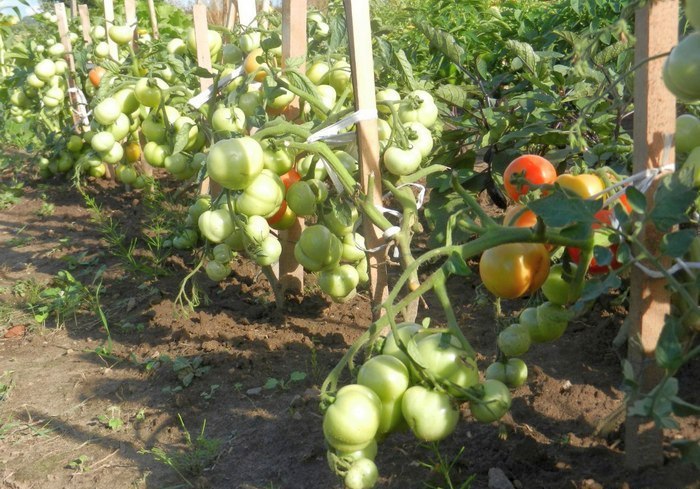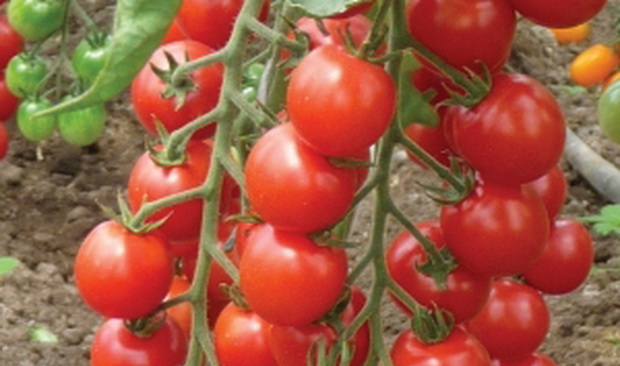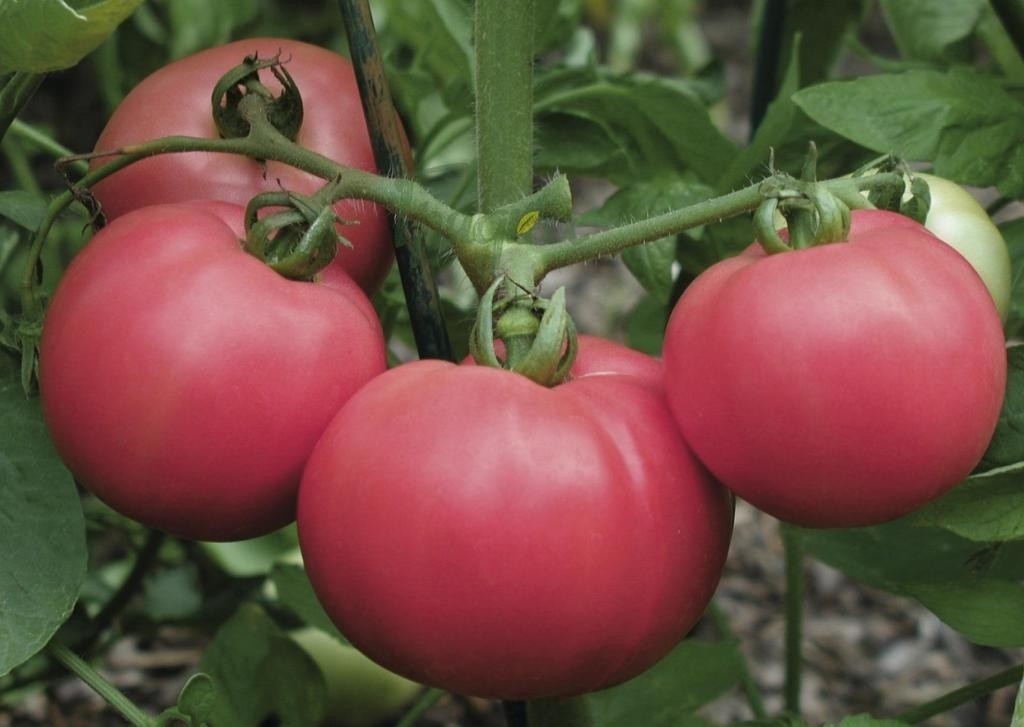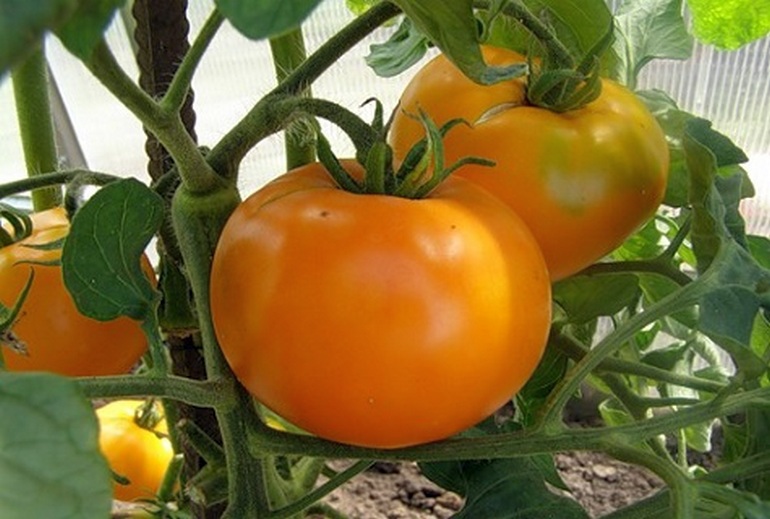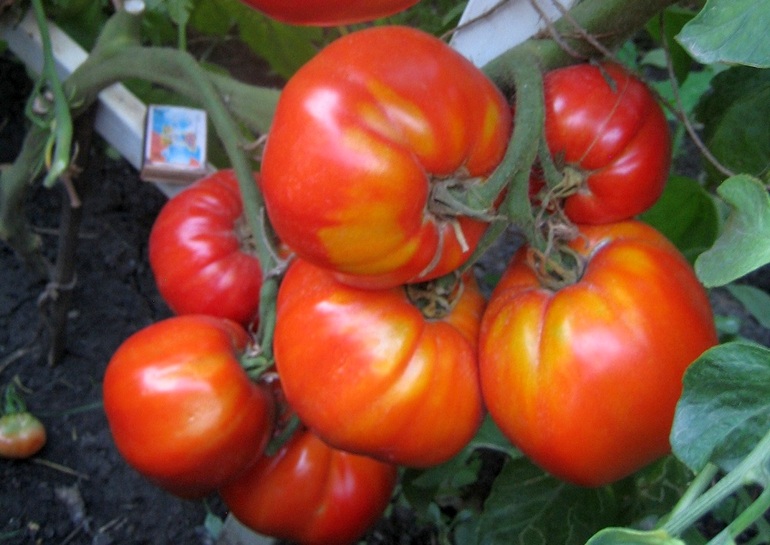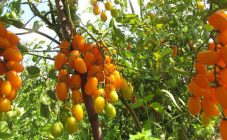Content:
Tomatoes have firmly taken the lead among the most popular vegetables. They are tasty, useful, even a novice gardener can grow tomatoes in his backyard. There are many varieties and hybrids on the market that can satisfy the most demanding taste. The breeders have developed plants that are resistant to diseases, have an original appearance and a wonderful taste.
The Semko company presents a hybrid f1 tomato Partner for greenhouses, which has already gained popularity among gardeners.
Characteristics and description of the tomato variety Semko
The first generation hybrid significantly outperforms conventional varieties. The breeders have put the best qualities of tomatoes into Semko tomato: high yield, disease resistance, transportability and excellent taste.
Tomatoes Semko Partner belong to tall plants, the height of the bush reaches 200 - 230 cm. The stem is covered with medium-sized leaves, the formation of stepchildren is weak. The first flower cluster is formed after 6 leaves grow back, subsequent clusters are laid every 3 - 4 leaves.
In each brush, up to 5 red fruits grow, rounded and slightly flattened.
They have a dense skin that is resistant to cracking and damage. The fruits are fleshy and sugary. Harvested in technical ripeness, the crop can be stored in a cool room for about a month.
The variety is medium early, the period from germination to crop ripening is 100 days.
The yield of a plant in a greenhouse with an intensive growing method is up to 30 kg per 1 sq. meters.
Tomato Semko is resistant to a number of diseases:
- tobacco mosaic virus;
- fusarium;
- verticilliasis;
- rootworm nematodes.
Agrotechnics
For cultivation in a heated greenhouse, tomato seeds are sown for seedlings in January - February. Early sowing will give the opportunity to get the first harvest at the end of April. There is no point in sowing for placement in open ground before March - the plants will stretch out, they will hurt during transplantation.
Seedling care at the end of winter differs from later plantings by the obligatory illumination of plants. The lamps are turned on in the morning and in the evening, extending the daylight hours to 10 - 12 hours. Otherwise, the cultivation is standard - watering with water at room temperature, picking in the phase of 2 - 4 true leaves, feeding with complex fertilizer twice, before planting the plants in greenhouses.
Plants are placed in the greenhouse according to the 40 by 50 cm scheme. The bush is formed into one stem, removing all stepsons and leaves up to the first flower brush. Tomatoes are tied to trellises.
In the open field, the planting scheme is 50 by 70 cm, the growth of the bush is limited to 160 - 170 cm.
Watering is carried out using drip sleeves or from a hose, strictly at the root. The water must not be cold!
Top dressing with mineral fertilizers with a predominance of potassium and phosphorus is applied every 2 weeks.
Advantages and disadvantages
The Semko Partner hybrid has a high yield and resistance to a number of diseases.Along with this, it is picky about soil fertility, irrigation regime and regular feeding. With the attentive and caring attitude of the gardener, the plant will delight you with large fruits.

